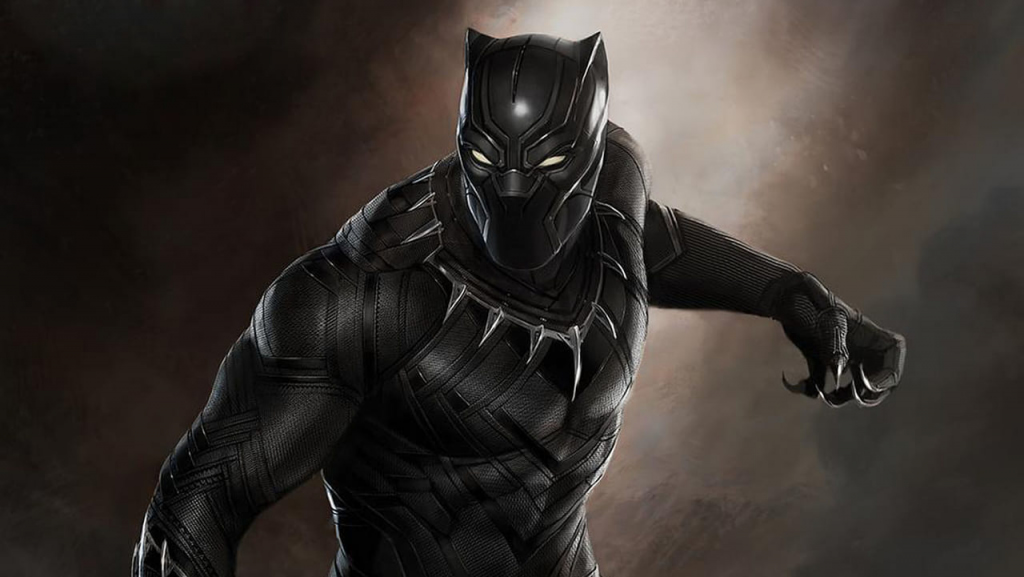On March 1, the movie Black Panther will hit Japanese theaters like beams from a crowded sky of stars. Already hailed as a pop-culture milestone, Marvel’s first black superhero is breaking North American box-office records. It’s destroying the Hollywood myth that a black film by a black filmmaker (Ryan Coogler) can’t be commercially viable. The Disney-Marvel movie may end up being ranked as the highest grossing February release, ever.
With actor Chadwick Boseman as the lead, the movie’s majority black cast includes Michael B. Jordan, Lupita Nyong’o, Letitia Wright, and Daniel Kaluuya. From behind the camera, Avengers franchise veteran Nate Moore is the executive producer. Co-writer Joe R. Cole wrote for American Crime Story. Ruth Carter, who worked on Malcolm X and Amistad, did the costume design. And Richmond, California, native, Ryan Coogler directed the acclaimed films Fruitvale and Creed.
The film’s character was co-created in 1966 by legendary writer-editor Stan Lee and artist Jack Kirby. He was the first black crusader of mainstream American comics. The story’s protagonist, T’Challa, is king of Wakanda and member of the Avengers. (Since he’s the richest among his Marvel counterparts, his swag is extra crispy.) Through proving his bravery and receiving blessings from the Panther God, T’Challa, while inheriting his father’s throne, becomes the Black Panther. From a special heart-shaped herb, he attains super acute senses, agility, strength, and endurance.
His power-enhancing suit, like Captain America’s shield, is made of vibranium, a fictional indestructible metal with unique properties that contains a wealth of power. Similar to other mineral-rich African countries, Wakanda’s life source is vibranium. Using it to create unparalleled technology and weaponry, this fictional African kingdom is like a futuristic reflection of the natural world. It’s never been exploited or colonized. In Wakanda, everybody’s flossing and their artifacts and cultural inventions are highly coveted. Sound familiar?
For Japan’s small black community, the movie’s debut is arriving against a long history of blackface in the country. The debate to ban the racist practice has long been contentious, especially as of late. Last New Year’s Eve, on the popular annual Japanese TV show, Downtown no Gaki no Tsukai ya Arahende! (“Downtown’s This Is No Task for Kids!”), comedian Masatoshi Hamada, wore blackface to impersonate Eddie Murphy in Beverly Hills Cop II (1987). African-American writer and columnist Baye McNeil, who’s lived in Japan for over 10 years, took to Twitter and voiced his outrage, which attracted the attention of the global media.
Internationally, blackface is a disturbing symbol of discrimination. Here, for a number of child viewers, it’s their introduction to black people. On TV, in ads, and for singing groups, blackface isn’t uncommon. For some young Japanese moviegoers, Black Panther will be their first exposure to some form of unmitigated blackness. If they marketed the film using ads that showed the characters’ faces, that would be a sight to see.
While the call to stop Japan’s buffoonery rises, Black Panther couldn’t be timelier. The revolution won’t be televised, but projected. Black excellence is in the building.









